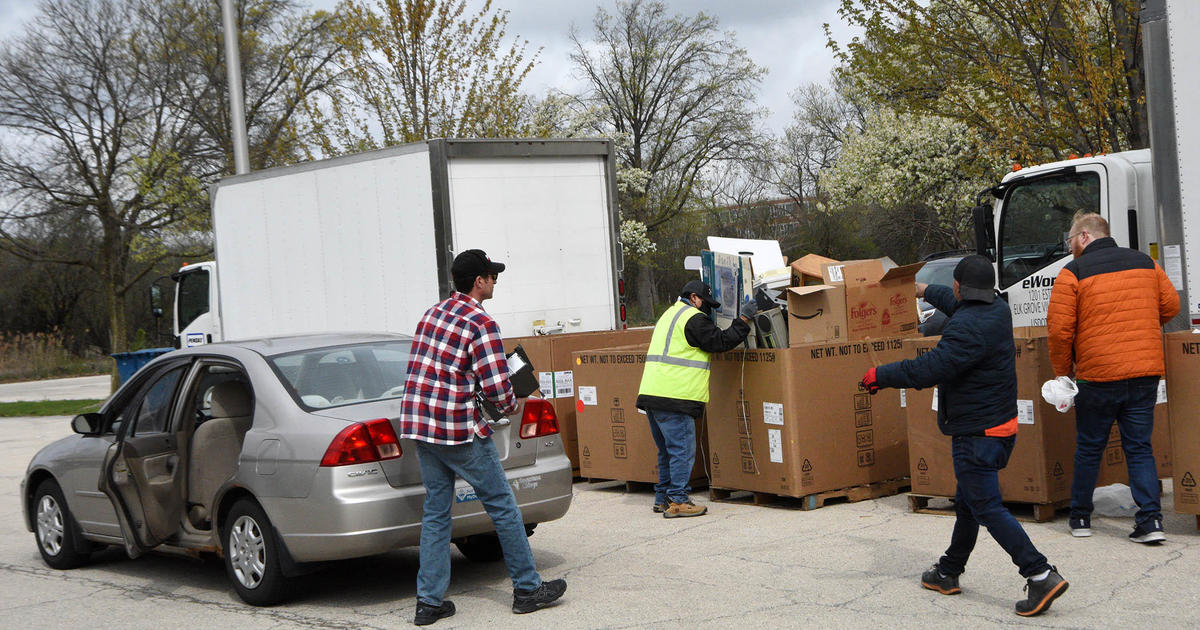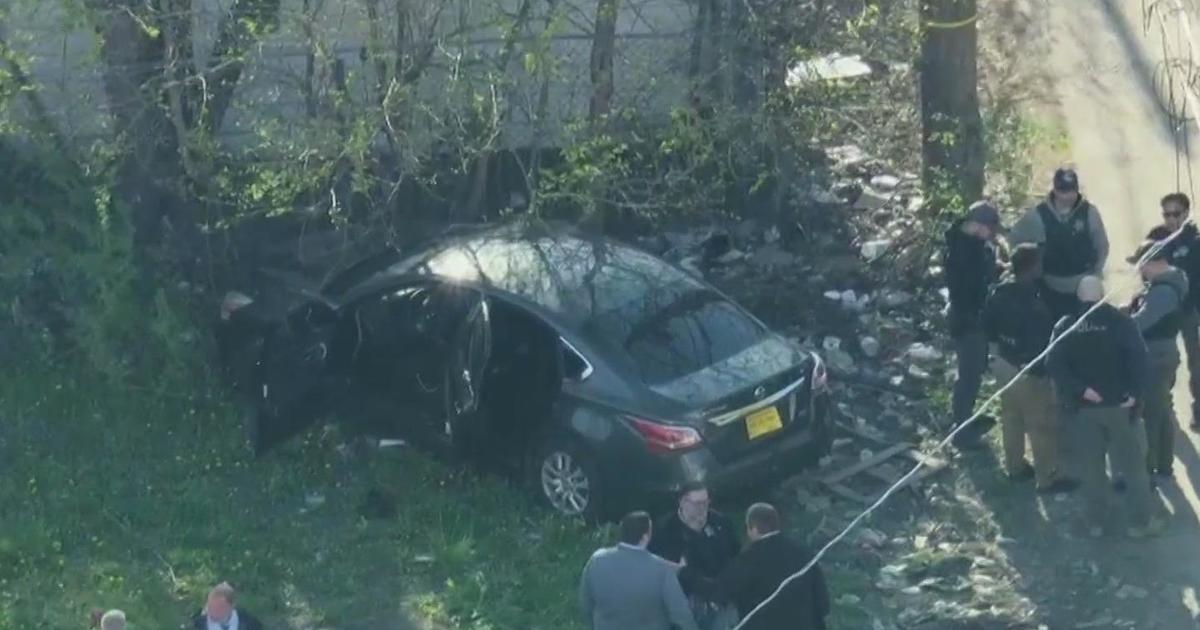'What Are We Supposed To Do?'; City's 'No Stopping' Rules Frustrate Delivery Drivers
CHICAGO (CBS) -- A story we brought you last week about cars and trucks parked in no stopping zones touched a nerve with the president of a local messenger service.
U.S. Messenger President Ron Libman emailed CBS 2's Marissa Bailey about the delivery frustration in Chicago, asking, "What are we supposed to do?"
Bailey joined Libman and one of his drivers as they made pickups and dropoffs downtown.
RELATED STORY: Trucks, Cars Stopping In 'No Stopping' Zones Around Chicago
Paul Mierkowski was dispatched to pick up some tile, and found a spot on Monroe, just west of Michigan. While he was inside, we noticed some potential confusion on the parking signs, which had arrows pointing in opposite directions.
The two signs had similar rules during the same times of day; one was a loading zone sign, the other was a 15-minute standing zone sign. What's the difference?
The street also had one sign and one spot where it appeared to be a designated loading zone all day long, but the others allowed parking during rush hour.
There's also one sign and one spot where it appears you can load all the time, but the others restrict parking during rush hour. Why?
Mierkowski returned 15 minutes after stopping on Monroe, and headed to a loading dock on Waker Drive, where street parking is prohibited all day long.
"There is no parking on Wacker Drive at all, so I have to go through the loading dock," he said.
Mierkowski found an open spot on the loading dock. So he was able to take his delivery inside with no trouble.
He wasn't so lucky on visits to the next two loading docks.
"That's where I have to go, but I'm looking for which spot I can use from what I'm seeing here. I don't really have any openings," he said.
Mierkowski said he didn't want to park by a tow zone sign, so he blocked a FedEx truck, and hoped to get back to the loading dock first.
At the next loading dock, again no spots to park, so Mierkowski took a chance, leaving his van in a no parking zone.
"Here's where they turned a regular loading zone into a commercial loading zone," he said.
Commercial loading zones work similar to metered spaces, but they can be used only by designated commercial vehicles, and drivers must pay $3.50 per 15 minutes.
Mierkowski parked without paying, and literally ran inside to make his delivery.
The math explains why. Let's say a business pays $30 for a delivery. The driver gets about $16 of that fee. It would cost MIerkowski a minimum of $3.50 to park in a commercial loading zone, so nearly 25% of his pay for that delivery
In this case, Mierkowski did not get a ticket, which would cost him $140.
"That nulls out entire day," he said. "One ticket would null out my entire day. Between the gas that I spend to work and that ticket, I'd be in the red."
"It's all calculated risk," Libman said.
Libman said he's frustrated by bike and bus lanes and no stopping zones that all make it harder for his drivers.
"We really love improvements that the city is doing, but we just wish that they would consider the fact that there does have to be deliveries made in the Loop," he said.
Libman said the parking situation outside 300 E. Randolph illustrates a solution to the delivery dilemma: an indented loading zone.
"If you build a cutin in, you're not taking up a lot of sidewalk. You're building a cutin. What's happening? The vehicles are parked here, and traffic's able to move easily," he said.
City officials pointed out the block on Randolph is not typical of a downtown street, because it lacks heavy pedestrian traffic. The sidewalks on that stretch of Randolph also are clearly wider than those in most of the Loop.
The Chicago Department of Transportation also noted delivery drivers are supposed to use loading zones, alleys, and loading docks that are off the public way.



